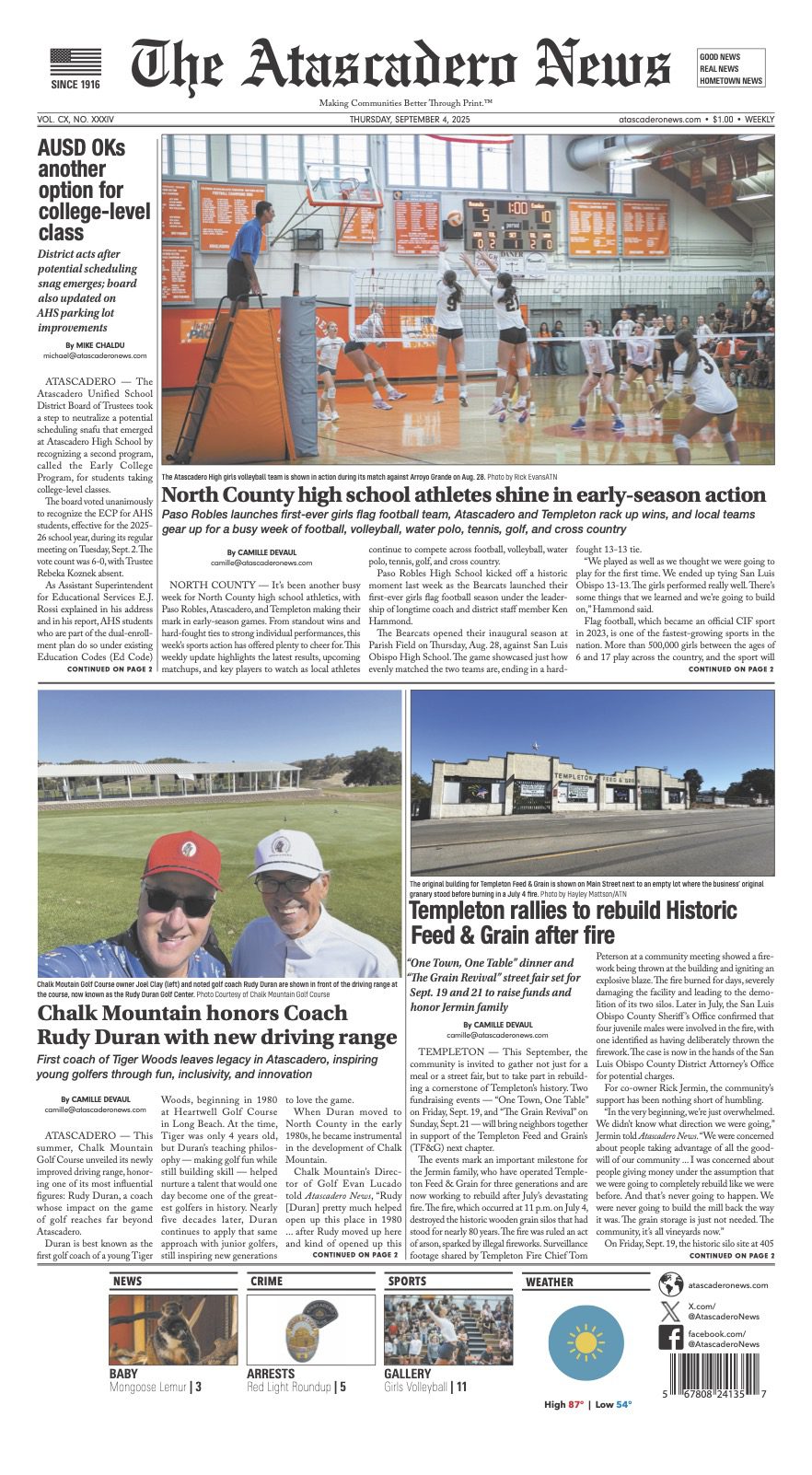Call for Transparency and Oversight
by Maricela Morales, Executive Director, CAUSE
On May 11, a coalition of community organizations, immigrant advocates, and concerned individuals from Monterey, San Luis Obispo, Santa Barbara, and Ventura Counties met to discuss their concerns regarding the Department of Health and Human Services (HHS) proposed plan to house 5,000 unaccompanied minors at Camp Roberts. The coalition agrees that California is a preferred choice as a welcoming state among the states that may be considered for locations. However, we cannot support Camp Roberts as a suitable site, nor can we support the use of any military base for such a purpose.
Very little information regarding Camp Roberts is available to the public. The coalition has many questions regarding four overarching concerns:
Concern #1: Military sites are under federal, not local, jurisdiction. This means that there is typically much less access and interface with the local community, which immigrant advocates see as essential for transparency and oversight.
“Unaccompanied immigrant children are minors under 18 years of age arriving at the U.S. border without an accompanying parent or legal guardian, and who are experiencing high rates of severe psychological trauma exacerbated by age and language barriers to self-advocacy,” Julissa Peña from the Immigrant Legal Defense Center in Santa Barbara explains. “This makes unaccompanied migrant children one of the most critically vulnerable populations of migrants. It is not in their best interests to be housed in remote influx centers with little oversight from immigration lawyers, medical professionals, local immigrant supporters, and advocates.”
- Is this a temporary facility? How long is the facility contracted for?
- Will local city and county governments have access to and the ability to provide leadership on the terms of the contract between HHS and Camp Roberts?
- What are the oversight and reporting mechanisms? How will independent organizations have access to monitor the facility? What type of access will the public and the press have?
Concern #2: The influx facilities located on military bases are not subject to the same requirements or oversight mechanisms as licensed shelters.
Detention is never in the best interest of children but is particularly devastating in large-scale settings that are not properly licensed or outfitted to care for children.
- Will California Child Welfare License Standards be followed at Camp Roberts to address housing standards, nutrition, medical care, behavioral health care, legal services and representation when applicable, etc.?
Concern #3: The remote location of the Camp Roberts military base exacerbates these challenges.
Social services and non-profit organizations that provide psychological care, language services, education, etc., are extremely limited in size and scope in this area, and resources such as immigration lawyers are in short supply. With little information available, we can only assume that there will be a need to import a large workforce that is not part of the local community.
The government’s practice in the past has been to contract with private companies to run these facilities, making profit the priority over quality of care.
- Who are the companies being contracted to provide services at Camp Roberts? Are they trusted local non-profit and social service providers?
Concern #4: Camp Roberts is one of five active U.S. Superfund Sites in SLO County.
We need more information about the landfill on this property.
- What is the landfill’s proximity to where the children are housed?
- Has an independent environmental review been carried out? If so, will the results of that study be open to public review?
- What are the current levels of lead and asbestos?
Considering all of these concerns, a temporary site that is located in or closer to an urban area affords the protection, safety, and accessibility children need, with some local government control and access to resources including non-profit organizations, immigration lawyers, immigrant rights advocates, and media serving as formal and informal mechanisms of oversight of the system.
In Summary
We recognize the challenges the Biden administration is facing. The current infrastructure for the asylum process, including influx centers, is the result of policy decisions put into place over many decades and is in need of comprehensive reform. At the same time, we stand in solidarity with immigrant advocates who ask that the use of influx centers on military bases be removed from consideration for housing asylum seekers.
We need safe housing for all immigrants, including unaccompanied children, in locations that can be federally regulated in a standardized manner, with strong oversight mechanisms in place.
We know that if the children come to San Luis Obispo County, residents are ready to welcome them.
“Central Coast residents are caring and want to be of help. We all know these kids need a place to go while they are waiting to be reunited with their families. But our desire to protect and assist them doesn’t mean that just any location is ok. The first way we can be effective advocates is to ask ourselves: ‘Is the Camp Roberts location in the best interests of the children?’”
Supporting Central Coast Groups and Organizations
Allies for Immigration Justice SLO County • Bend the Arc: Jewish Action SLO • Central Coast Alliance United for a Sustainable Economy (CAUSE) • Centro Binacional para el Desarrollo Indígena Oaxaqueño (CBDIO) • Central Coast Coalition for Undocumented Student Success (CCC-USS) • Central Coast Immigrant Network (COIN) • Fund for Santa Barbara • Future Leaders of America (FLA) • Immigrant Legal Defense Center (ILDC) • Mixteco Indigena Community Organizing Project (MICOP) • Paso People’s Action • People of Faith for Justice, SLO • Planned Parenthood Central Coast Action Fund (PPCCAF) • Students for Immigration Justice, Cal Poly • United Domestic Workers of San Luis Obispo and Santa Barbara Counties • Women’s March
SLO CENTRAL COAST COMMUNITY LEADERS: Gloria Soto (Santa Maria Councilmember) • Patricia Solorio (community advocate) • Vanessa Frank (Immigration Attorney, Ventura)













